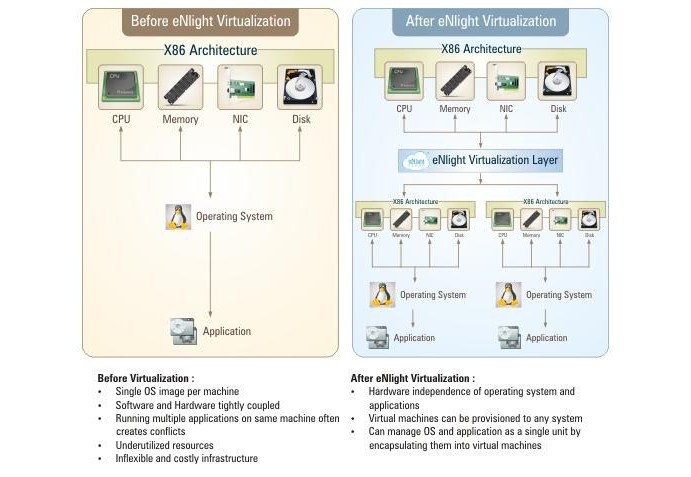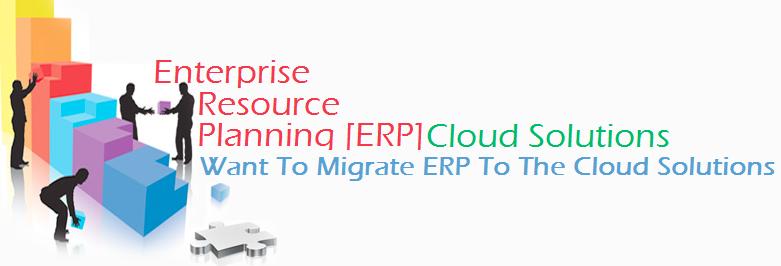Want To Migrate ERP To The Cloud Solutions
 In our daily lives, we often communicate with executives and managers who express their views in a synthetic way, the need: “I want to migrate my ERP to the cloud!”.
In our daily lives, we often communicate with executives and managers who express their views in a synthetic way, the need: “I want to migrate my ERP to the cloud!”.
With the increasing availability of cloud services, many IT executives are considering to migrate the company’s ERP to the cloud and that is when it is essential to an understanding of expertise on all the factors that are related to this decision, which may lead to a skeptical position of some executives to remain in the “on premise” model for ERP systems.
These critical factors for decision making between migrating or not migrating the corporate ERP to the cloud servers, include the type of business, size of the company, which is the current ERP and how it is optimized or at least prepared to run out for the indoor organization. It is also important for the company to know how complete is the change, the impacts involved, requirements and security needs and various other items as an regulatory compliances, which may have to be followed by the company.
It is important to remember that we are considering only one scenario which is the migration of existing system to the cloud and not the change of ERP software to one that is native in the SaaS Cloud model, where there are several options on the market.
On the practical side, we realize that in most cases, ERP systems can be migrated to the cloud from which, after a previous analysis, the specific requirements are met. The requirements may be organizational and / or the solution itself, such as: special hardware requirements, security, isolation, not sharing resources, licensing, among others.
We must bear in mind that most ERP Solutions currently deployed in enterprises, monolithic applications are developed before the cloud that became a reality and consequently no concern with optimization for the cloud. Commonly, the client layer needs a virtualization application for the ERP that can be accessed in the cloud with the same speed as the client application X server performs on the internal network.
 The analysis often point to specific requirements that lead to a private cloud scenario, which typically occurs in larger organizations. However, in smaller deployments we have seen success in using public cloud resources.
The analysis often point to specific requirements that lead to a private cloud scenario, which typically occurs in larger organizations. However, in smaller deployments we have seen success in using public cloud resources.
These are just examples of how requirements analysis and architecture are fundamental to any strategy for adoption and migration to cloud. Remember to also think about what is the level of service expected by users in relation to the services offered by the cloud provider. A qualified partner, coupled with an efficient management of the migration project, guarantee a high transition cost gains and scale.
- How Cloud Computing Is Changing The Labor Market - March 25, 2015
- Adopting Infrastructure as a Service Can be a Good Deal - March 17, 2015
- Will Virtualize? Take These Six Points Into Consideration - March 12, 2015
